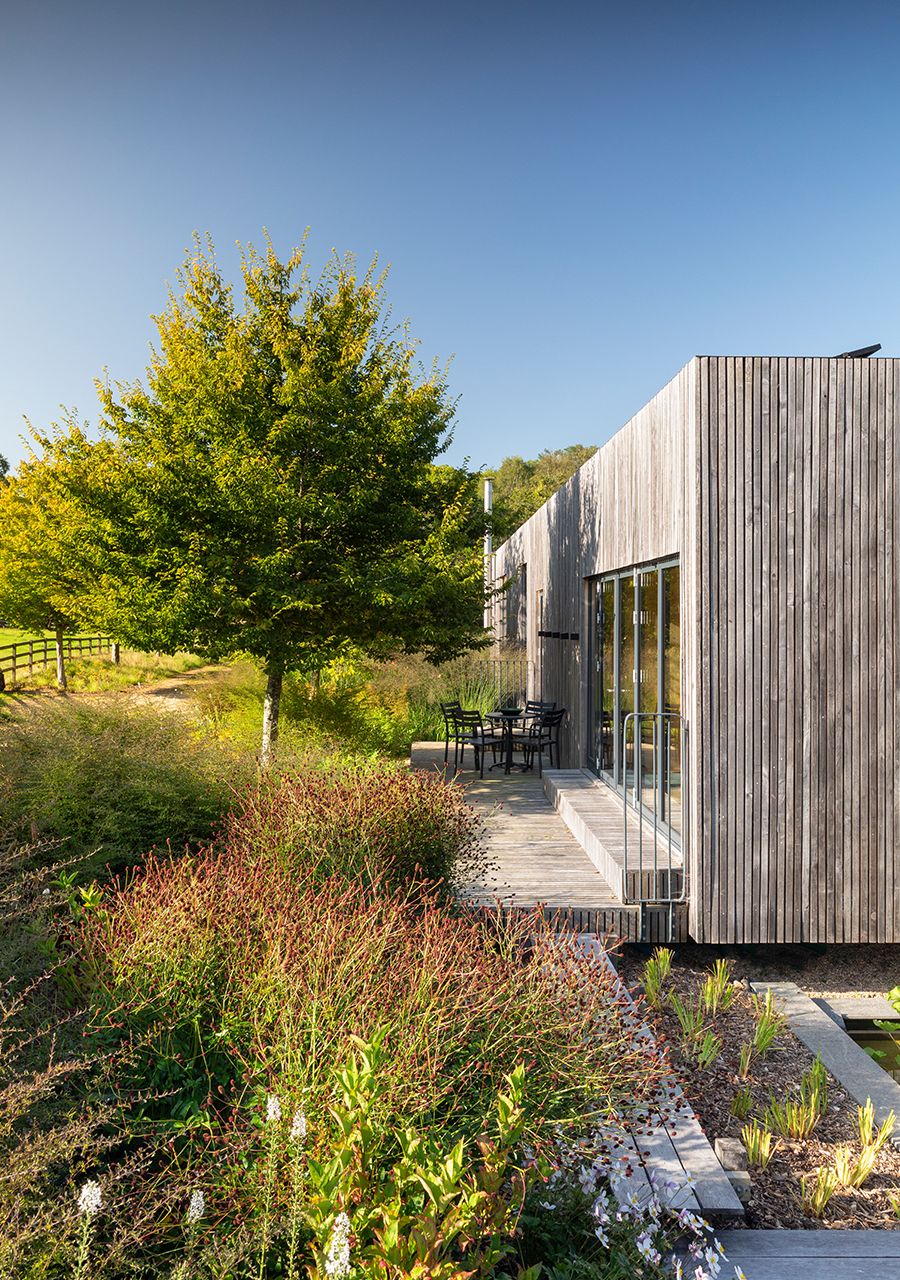IO5: Importance of Flexibility in Design
Clients often request that we consider future-proofing. A degree of flexibility needs to be included from the start of the design process to ensure the building can adapt to the needs which evolve over time.
As the Tennis pavilion developed in construction, items were added into the scope to allow the building to respond to the additional needs the client perceived. The studio space has become a place to gather, hosting fitness classes throughout the day and social gatherings on an evening. By allowing for flexibility from the outset the building has been able to perform on a multitude of levels following the building launch.
It is often the smaller spaces we design for our clients that require the greatest levels of adaptability, being a place to work, to sleep and to play. A recent feasibility undertaken in the office has looked at providing an open plan space which can allow the clients to gain separation and balance between work and life. A solid service block along one elevation, inset storage within the wall build-up and foldaway divisions allow the manipulation of space to accord with the immediate needs of the family.
The Chestnut Farm is a relatively small property, as such a great thought was put into maximising space available and adding flexibility throughout. Designed across two units with a movable glass walkway connecting the two, the home functions as a single unit however it has been designed to accommodate future changes. Each unit has been crafted to work independently should the need arise, with bathroom, kitchen and bedrooms in each. One of the bedrooms is facilitated by a clever motorised fold away bed so a guest room can be quickly converted, to use as an office or indoor gym, depending on the need.
At the heart of flexible architecture is the ability to better reflect the natural world which adapts to its surroundings allowing the environment to change to meet the shifting needs be it social or environmental.
